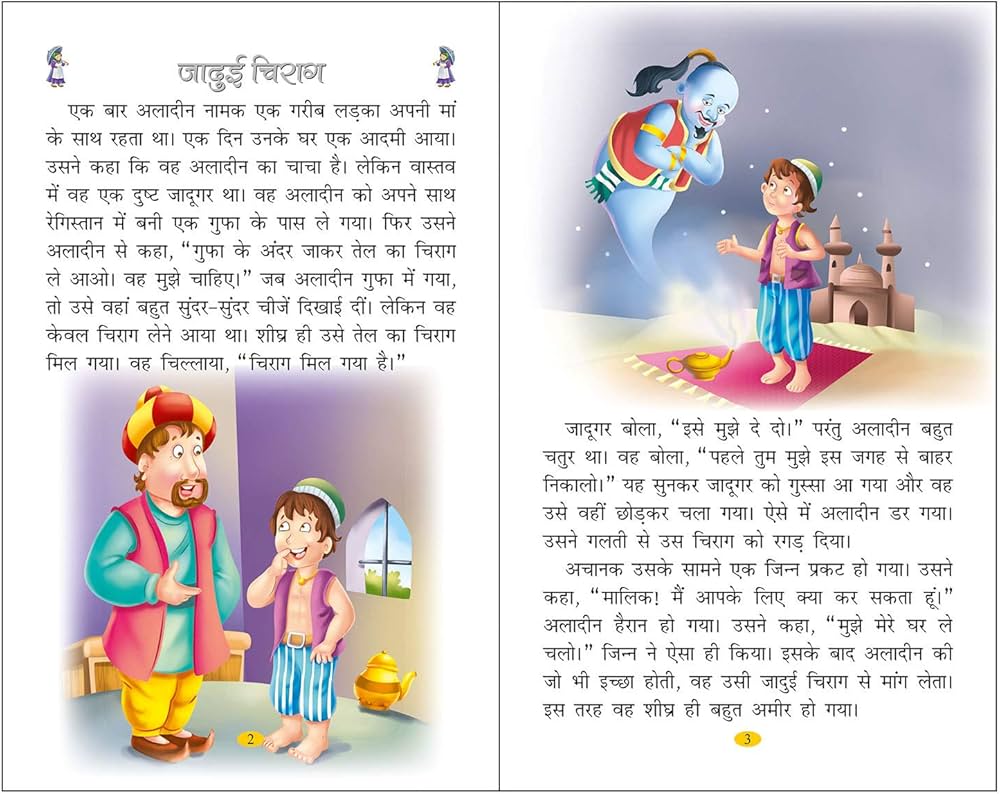Grandmothers hold a special place in our hearts, often being the keepers of age-old wisdom and enchanting stories. In India, “दादीमा की कहानियाँ” (Dadimaa Ki Kahaniyan) represents a rich tradition of storytelling that spans generations. These tales, often shared during chilly nights or leisurely afternoons, are filled with life lessons, moral values, and cultural heritage. They ignite imagination, nurture bonds, and teach resilience. This article explores the significance and beauty of grandmother’s stories in Hindi, weaving together their impact on our lives and the importance of preserving them.
The Essence of Dadimaa Ki Kahaniyan
The allure of Dadimaa Ki Kahaniyan lies in their diverse themes. Often featuring animals, mythical beings, or notable historical figures, these stories captivate young and old alike. From tales of bravery to moral dilemmas, each story imparts crucial life lessons — teaching kindness, honesty, and the importance of family.
Stories like “Akbar-Birbal” highlight wit and wisdom, while folktales of “Panchtantra” illustrate how cleverness can triumph over adversity. They are not merely tales but essential narratives that reinforce values and traditions in an engaging manner.
In today’s fast-paced world, where technology often dominates, the charm of these stories fosters connection. Listening to Grandma’s voice recounting these tales creates a nurturing atmosphere, enriching our familial bonds. It helps children develop their imagination, creativity, and critical thinking skills, making storytelling an invaluable educational tool.
Moreover, these stories also help in language development. Hearing words and phrases in Hindi encourages children to appreciate their mother tongue. As they immerse themselves in these narratives, they learn to express themselves more fluently while understanding the cultural nuances embedded in the language.
Preserving the Legacy
Preserving the legacy of Dadimaa Ki Kahaniyan is crucial. In an era where digital distractions are rampant, the traditional act of storytelling should not fade into obscurity. Families can cultivate storytelling sessions, allowing the older generation to share tales with the younger ones. This practice not only keeps the stories alive but also strengthens intergenerational relationships.
Additionally, recording these stories, whether through audio or written formats, can serve as a meaningful way to pass on this rich heritage. Encouraging children to narrate their versions of the stories can spark creativity and personal expression, creating a cycle of storytelling that enriches the family narrative.
In schools, incorporating these tales into the curriculum can ignite interest in literature and history among students. It provides an engaging way to learn about values and principles that are often forgotten in modern narratives.
Conclusion
In conclusion, Dadimaa Ki Kahaniyan are much more than simple stories; they are the heartbeat of cultural heritage and familial bonds. These tales, passed down through generations, encapsulate wisdom, laughter, and invaluable life lessons. As we embrace modernity, let us not forget to cherish and preserve the tradition of storytelling. By doing so, we ensure that the vibrant essence of these narratives continues to inspire future generations, fostering a love for language, culture, and moral growth. The stories of our grandmothers deserve to be celebrated and kept alive, for they are indeed treasures that enrich our lives and identity.
